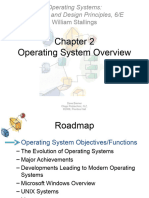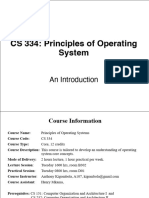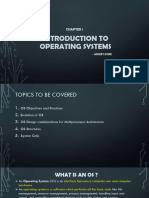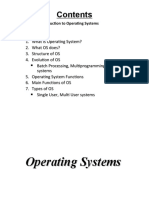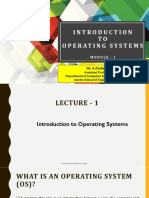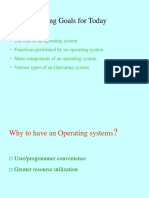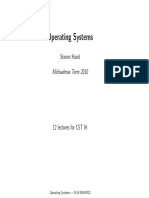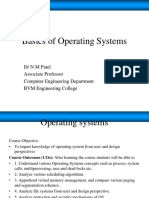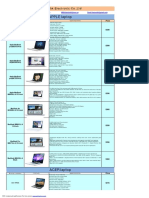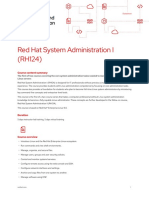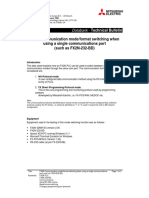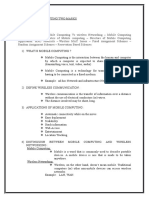0% found this document useful (0 votes)
65 views17 pagesOperating System
An Operating System (OS) is essential software that serves as an intermediary between users and computer hardware, managing resources and facilitating user applications. It provides services such as program creation, execution, and access to I/O and files while ensuring efficient use of hardware. The evolution of operating systems includes various types like batch processing, interactive processing, and embedded systems, each addressing specific computing needs.
Uploaded by
Vaidehi SutharCopyright
© © All Rights Reserved
We take content rights seriously. If you suspect this is your content, claim it here.
Available Formats
Download as PDF, TXT or read online on Scribd
0% found this document useful (0 votes)
65 views17 pagesOperating System
An Operating System (OS) is essential software that serves as an intermediary between users and computer hardware, managing resources and facilitating user applications. It provides services such as program creation, execution, and access to I/O and files while ensuring efficient use of hardware. The evolution of operating systems includes various types like batch processing, interactive processing, and embedded systems, each addressing specific computing needs.
Uploaded by
Vaidehi SutharCopyright
© © All Rights Reserved
We take content rights seriously. If you suspect this is your content, claim it here.
Available Formats
Download as PDF, TXT or read online on Scribd
/ 17



